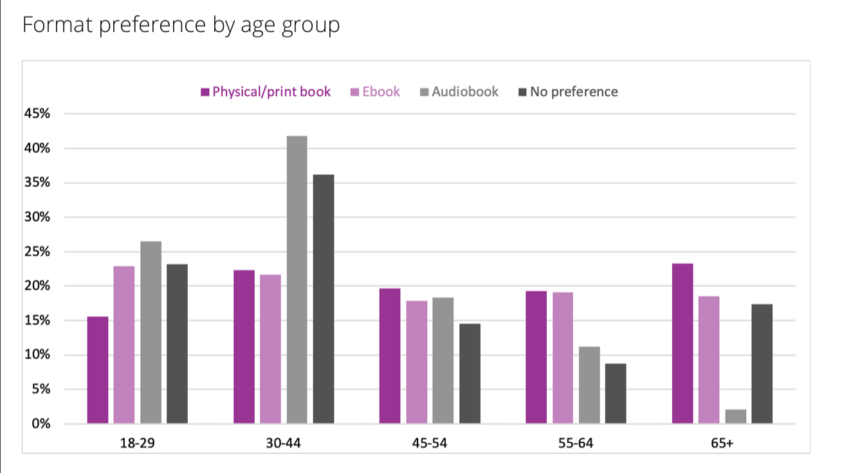Perhaps I exaggerate a tiny bit in my headline … but events here in Clown World metastasize so quickly that parodists and satirists are becoming an endangered species because it’s nearly impossible to come up with more incredibly stupid stuff than the political class do for real:
Over the past couple of weeks, it seems that the Regime has really been ramping up its rhetoric against its political and ideological enemies. In a coordinated rollout, talking heads across the media have been stating that “MAGA Trump voters” are “threats to democracy”, “trying to take away our freedoms”, “stochastic terrorists”, and so forth. This all has been timed to culminate with the pResident himself going on national television to explicitly state that the entire half of the country that didn’t vote for him are mortal enemies of the state. This takes on a somewhat more ominous tone when we remember that just a few days previous, this same pResident essentially threatened to use F-15s to bomb patriotic Americans who believe in the Constitution.
While these could be dismissed as the senile ramblings of a doddering old dementia patient, the thing to keep in mind is that Biden himself is merely a sock puppet. What he says reflects the words put into his mouth by the progressive theatre kids who staff his administration, as well as other elements within the Regime. Indeed, all of the huffinpuffery about how “your hillbilly AR-15 can’t take on tanks and fighter jets hurr durr!!” is basically the sort of thing you’d have heard on Reddit for years. But the fact that official channels are now openly talking about using the military against their own people for mere ideological purposes suggests that there is an acceleration going on in the Left’s subversion of this country.
I’ve said it before and I’ll say it again — if there is to be an open civil war in the USA, it will almost assuredly be instigated and started by the Left. However, it is not one that they are likely to win, for a number of reasons that I will elaborate briefly below. They are ones that I suspect the Regime itself knows, which makes the current trajectory they seem to be setting appear all the more desperate. Common sense would dictate that they should try to keep the repression at just a high enough level to intimidate the citizenry into compliance without actually provoking a broad response, even if not a violent one. Yet, the Left is dynamiting what is left of the social contract because once they’ve got started down this path there’s no stopping.
So briefly, let’s talk about why the Regime would not win a war against Red America, despite the hopes and expectations of thousands of redditards across the country. First and foremost there is the unreliability (from the Regime’s perspective) of the current military. Simply put, most military personnel below the O-4 or O-5 levels are not ideologically indoctrinated into woke progressivism and are unlikely to be willing to wage war on their own countrymen. They’re especially not likely to go along with wokester fever dreams of bombing Red cities into oblivion and turning the heartland into ashes just to stick it to those Trumpsters. So there would be deep fractures, mutinies, fragging incidents galore.
Of course, that’s why the Regime is trying to wokify the military to be more ideologically compatible with the Left. In a sense, for the Left the drastic recruiting shortfall that the military is currently experiencing is a feature, not a bug, since it provides them with the justification to make up the difference by recruiting foreigners with no connexion to the American people (and thus no compunctions about shooting at them). Which then introduces a further competency factor in that when you recruit a third world army, you … have a third world army, so you’re sacrificing competency for reliability. Nevertheless, as it currently stands most enlisted men and lower-level officers are not going to be inclined to incinerate their buddy’s parents for believing in the second amendment.
As Severian posted right after the “Triumph of the Shrill” speech by Biden:
I’d like to address the “they’re going in for the kill” argument, eloquently argued by MBlanc46 and others. I agree, there is exactly as much, if not more, evidence for this thesis then there is for my “they’re panicking” thesis. And whatever else they thought Brandon was doing last night, there’s definitely a “throw down the gauntlet” aspect to it.
The reason I favor “panic” over “going in for the kill” is that as hard as it is to believe, the Left always see themselves as the heroic underdog, struggling against a rigged system. Even when they’re throwing you into boxcars, they’re bewailing the fact — and in what passes for their minds it IS a fact — that you forced them to do it.
They cry out in pain as they strike you, as another demented shitbag collectivist said about a different group in an eerily similar context.
What all this — Biden’s big “My Struggle” speech (hereafter to be known, as Mmack put it, as “the Triumph of the Shrill”), the hiring of a zillion new IRS agents, the works — is designed to do is: provoke a reaction. To put it bluntly, there is no “domestic extremism”. Of course there really are some retards out there doing retard shit, but as we all know, the typical “Klan” meeting is an ATF agent trying to entrap a DEA agent who’s trying to entrap an FBI agent who is trying to entrap his own informant. Hello, fellow patriots!
But they keep failing to do roll-the-tanks-level shit. Which is a problem for the Apparat, because the ATF agent can’t get permission from the DEA to provide enough guns to the FBI agent to really kick things off (not least because he’s going to be foiled by the other undercover FBI agent who’s trying to entrap the other DEA agent and so on).
So they just keep upping the ante, hoping that maybe this time, finally, somebody will do a terrorism.
If they’re confident enough to put Brandon in a Darth Vader suit on national TV, in other words, they long ago passed the point where anyone not crippled by the psychological compulsion to see himself as a victim would’ve said “fuck it, drop the hammer”. We wore diapers on our faces for two fucking years, for Christ’s sake, and shot ourselves up with mystery goop because the same evil little goblin who turned AIDS from an easily containable plague of deviants into a legit public health crisis told us to.







